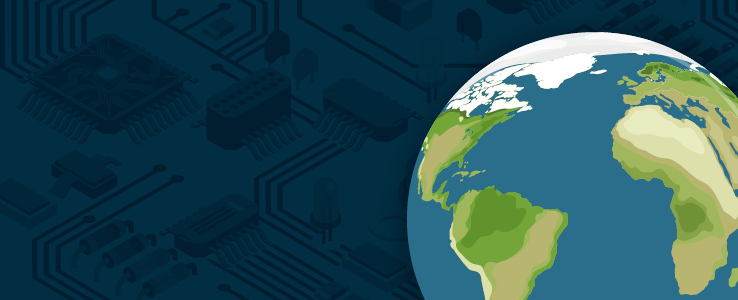With China's breakthrough in developing a one nanometer RISC-V chip 'Wuji' using 2D materials, experts believe it's high time for India to accelerate its own research on materials and new form factors, aiming to reduce reliance on silicon-based technology for its semiconductor ecosystem. They also emphasise the need for India to have a robust RISC-V ecosystem. Infosys cofounder Kris Gopalakrishnan highlighted the significant potential of research in 2D materials for India especially in analog computing.
Responding to the Chinese chip development, he told ET that extensive research in 2D materials is needed which will allow India to create new base materials. These can be used for integrated circuits, displays and other electronics applications, Gopalakrishnan said AI can help researchers discover these new materials. Chinese researchers Wenzhong Bao and Peng Zhou detailed the specifics of the sub-one-nanometer-thick chip in the Nature Springer peer-reviewed journal.

They said RISC-V microprocessor Wuji was built with 5,900 molybdenum disulfide (MoS2) transistors and a comprehensive logic unit library-based on 2D technology..
Technology

Chinese chip breakthrough shifts focus to 2D materials

Infosys cofounder Kris Gopalakrishnan highlighted the significant potential of research in 2D materials for India especially in analog computing. Responding to the Chinese chip development, he told ET that extensive research in 2D materials is needed which will allow India to create new base materials.















